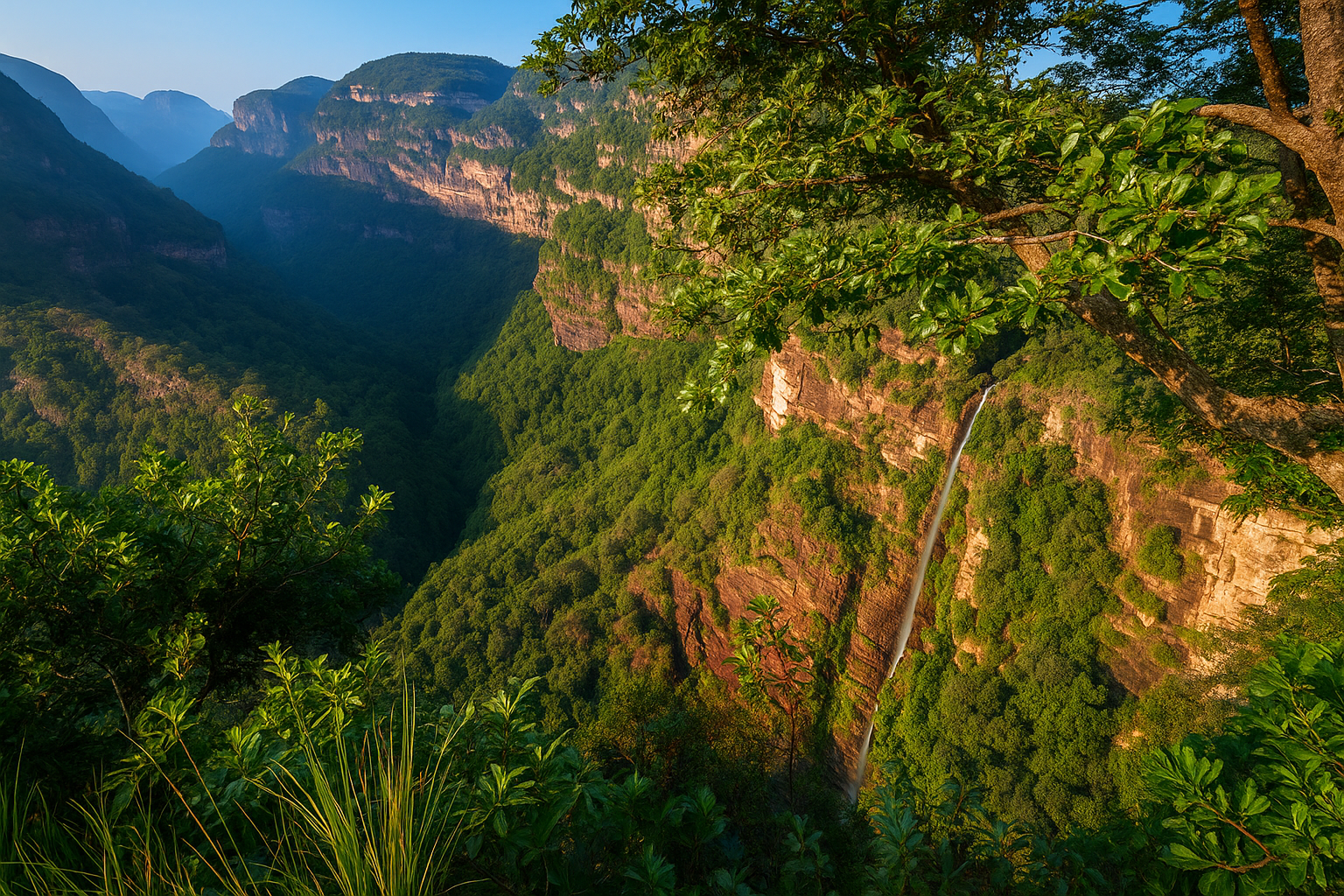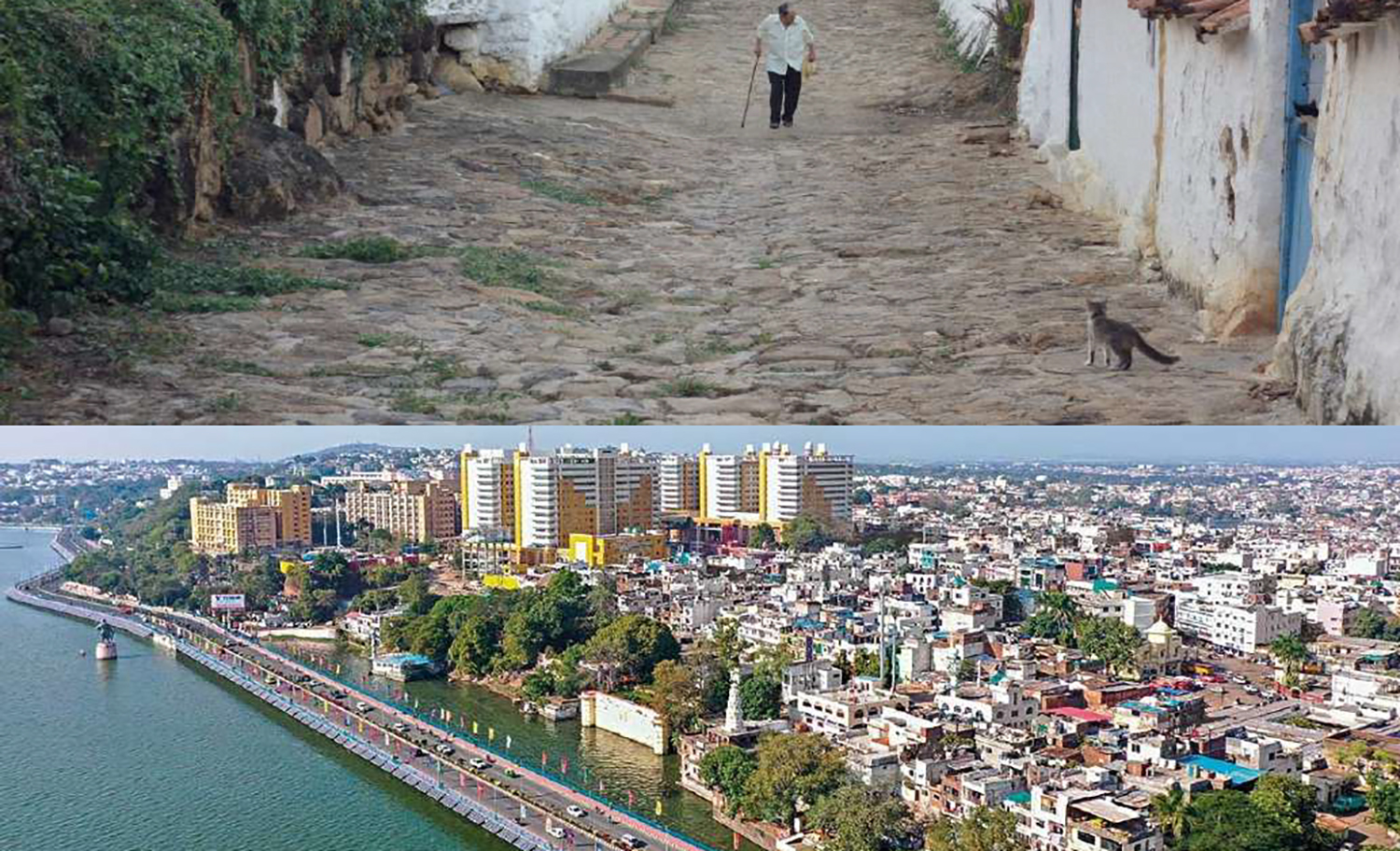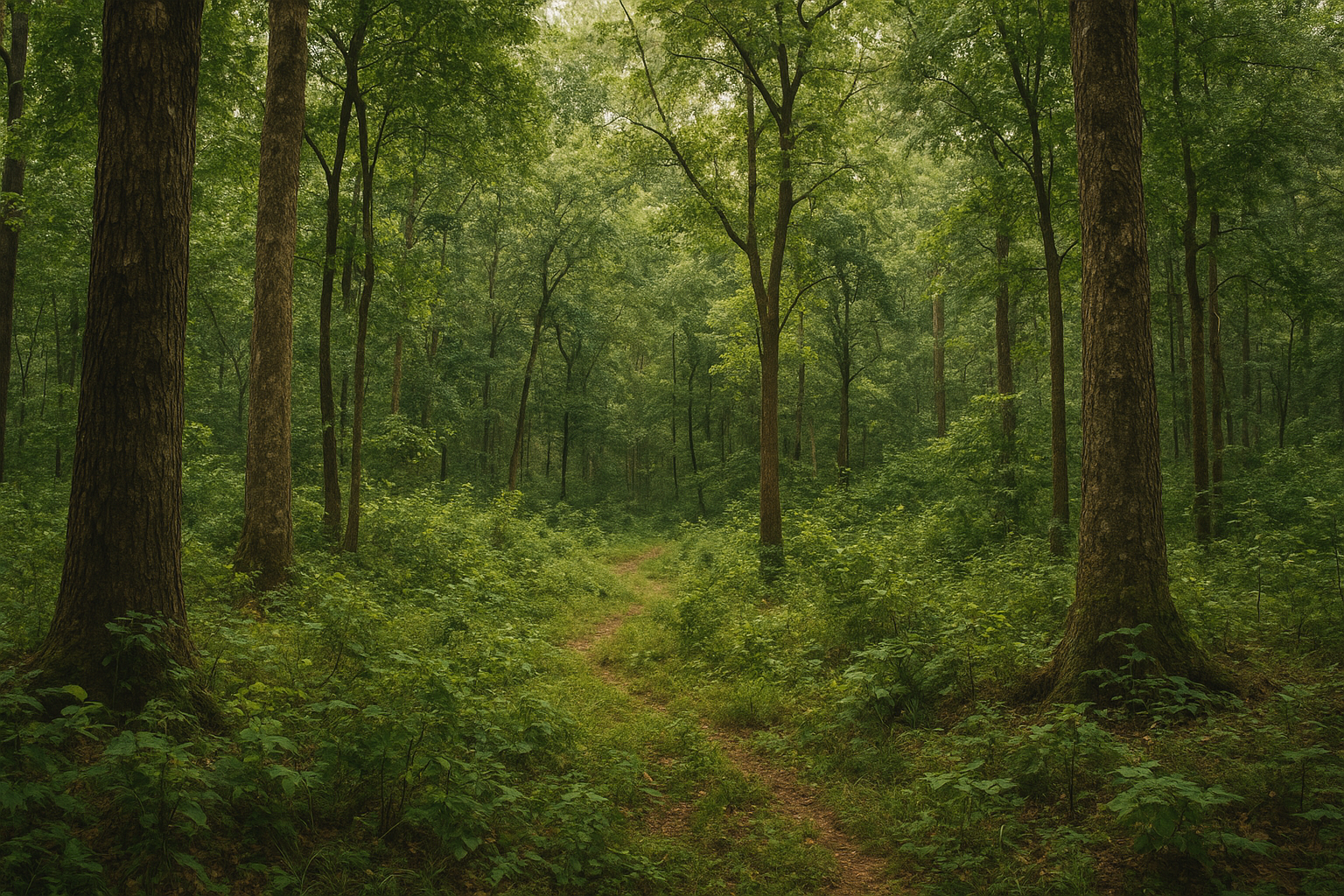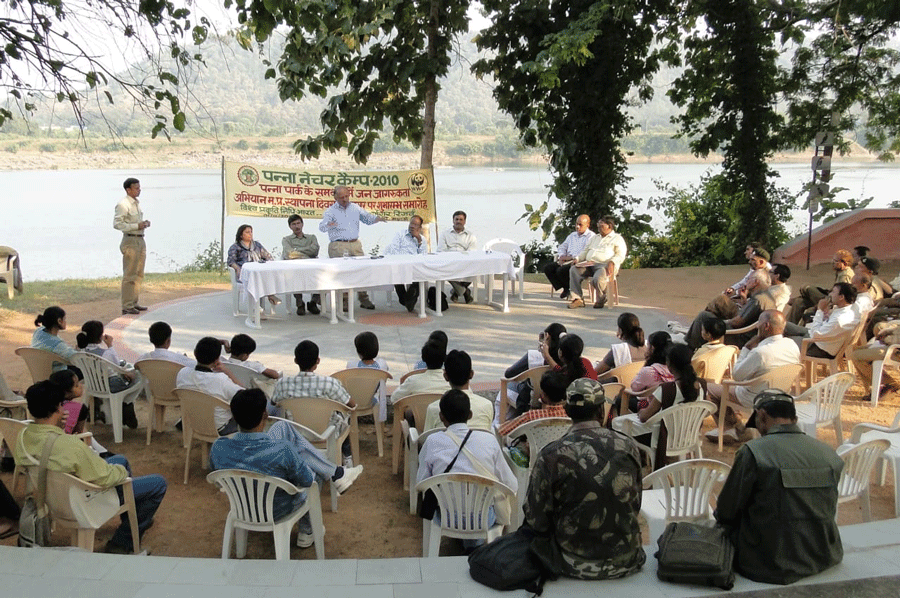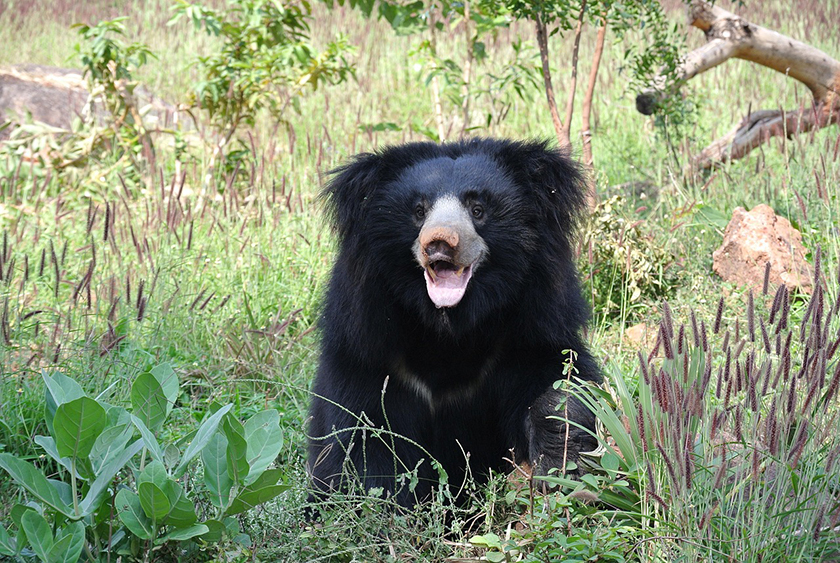REVIEW REPORT OF: “ECOLOGICAL AND BEHAVIOURIAL DRIVERS OF HUMAN-SLOTH BEAR COEXISTENCE IN AND AROUND JESSORE WILDLIFE SANCTUARY, GUJARAT”
-Review by Jagdish Chandra
Aim: To study both conflict and non-conflict human-sloth bear encounters, identifying ecological/behavioral drivers and mitigation strategies, with a focus on Jessore Wildlife Sanctuary and fringe villages.
1. Background and Context:
• Human-Wildlife Conflict (HWC) poses serious threats both to people (injuries, fatalities, livelihood risks) and to wildlife (retaliatory killings, loss of community support).
• In Gujarat, the Sloth Bear (Melursus ursinus) is a major contributor to HWC. Classified as *Vulnerable* in the *IUCN Red List (2020)*. Of 358 sloth bears in Gujarat (2023 census), Banaskantha district alone supports 146 individuals of sloths.
• As per the paper, between the year 2008-2018, Gujarat recorded >250 bear attacks, several fatal and the study mostly documented “attack incidents and socioeconomic impacts”. Few studies have explored “ecological and behavioural aspects of conflicts”.
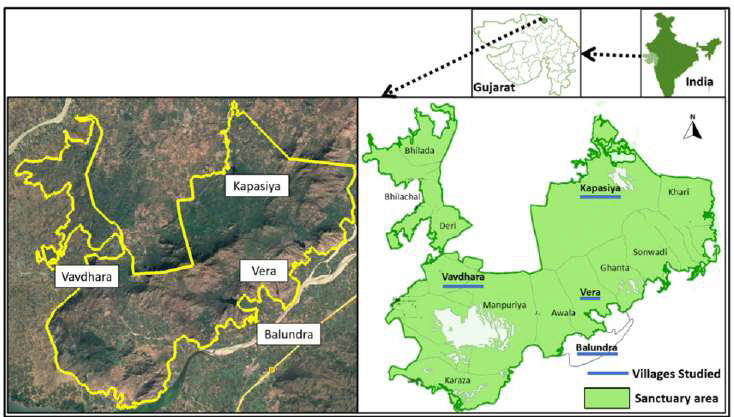
2. Study Area:
• Location: Jessore Wildlife Sanctuary (JWS), Banaskantha district, Gujarat, and adjoining four villages: Kapasiya, Vera, Balundra, and Vavdhara.
• Geography: Sanctuary (~180 km²) within the Aravalli Range, semi-arid biogeographic zone.
• Forest type & Ecosystem: Dry deciduous forests, rocky hills, and grasslands. Dominant vegetation: *Teak, Khair, Dhavda, Ziziphus scrub. Climate: Summer >40°C, winter <10°C, rainfall 600-700 mm, concentrated in monsoon. Communities: Primarily agrarian and livestock-based livelihoods; dependence on forest resources high (for fuel wood, fodder, minor produce).
3. Methodology:
The study conducted shows two approaches like ecological assessment + human interaction analysis.
(a) Ecological Assessment includes
• Transect Surveys: 20 transects (1-1.5 km each; ~29 km effort). In this section of study signs of tracks, scat, claw marks, feeding remains were recorded.
• Camera Trapping: While the study was conducted, 30 motion-sensor cameras, placed for 30 days at each site. Containing forests 12, water bodies 8, settlement peripheries 5, and at the human food sources 5.
(b) Human Interaction Analysis: In this section of the study following parameters were considered:
• Interviews & FGDs of 181 people were taken and attacked victims 34 individuals; from 58 verified attack cases in (2010-24) were included.
• Non-Conflict Encounter Group (147 respondents across villages + forest staff).
• Structured questionnaires were nicely probed during the study.
• During study the Government Records were also analysed Gujarat Forest Department data (2005-2024).
• 70% respondents = bears *deliberately avoid people*.
• 20% noticed curiosity/occasional approach to farms.
• 10% reported aggression, mostly *defensive encounters* (cornering, startled in dense vegetation, or females with cubs).
4. Bear sightings and Human encounters:
• 147 reports from community surveys. Compared to ecological data, human observations skewed toward anthropogenic zone, e.g. settlement fringes (17%) and food waste sites (12%). Camera detections and human-reported sightings, suggests humans encountered the bears mainly when they intrude into villages/croplands.
• The study shows that percentage wise the bears showed following crepuscular-nocturnal behaviour: 51% between 18:00-22:00. 32% between 04:00-06:00. Only ~8% during midday. 60% of detections = summer season (driven by water scarcity).
Increased Sloth sightings were detected near the artificial water holes and irrigation canals Indicating with strategy to avoid diurnal human activity including the mitigate heat stress during the summers.
5. Conflict Patterns:
• The report analysis (2010-2024), suggests, attacks occurred mainly around dawn & dusk during farming/forestry related use works.
• Defensive offence response strongly observed among the females with cubs significant occurring in summer. Strong conflict trend shifted to non-forest areas to agriculture, water channels linked to habitat fragmentation and expansion of human activity.
• Close-proximity with bears encounters surprised the situations, e.g., firewood collection, field ploughing in the agriculture fields at the dusk.
• However, indirect non-conflict encounters, like distant sightings; villagers used avoidance and deterrence (noise, light, group travel). Though, local awareness, vigilance, and use of traditional practices in minimizing conflicts were found effective.
6. Observations:
• Sloth Bear Presence and Habitat Use:
• A total of 211 total detections of Sloths presence recorded in (transects + cameras).
There distribution pattern is observed as under:
– Forested areas: 63%
– Near water bodies: 20%
– Settlement peripheries: 9%
– Agricultural fields: 6.7%
– Human food sources: 1.4%
• Hence, their distribution pattern shows a strong affinity to the dense forests; occasional incursions into human areas driven largely by water scarcity and resource pressures.
• Forest habitats remain core habitat for JWS sloth bears population (63% distribution).
• Resource limitations-particularly water-push bears into agro-pastoral and village landscapes.
• Sloths Behavioural Activity: The study suggests that bears activity overlap between bears (crepuscular) and humans (field work at dawn/dusk) magnifies encounter risk.
• Females with cubs represent highest conflict risk group, accounting for significant share of defensive attacks.
7. Conclusion:
• Sloth bears in Jessore WLS primarily depend upon forest habitats.
• Seasonal incursions (especially summer) occur near water & agricultural field areas, resulting into conflict activates overlapping at dawn/dusk hence, chances of sloth’s encounters heightened aggression from mothers with cubs including the food/water scarcity.
• Study suggests a positive trends that conflict frequency has been observed a decline in the recent years due to creations of the artificial water holes, effective habitat management, fruit tree plantations including the awareness campaigns, and use of deterrents.
Recommendations:
Enhancement of ecological Interventions
Providing more natural and artificial water provisioning.
Expand fruit-bearing tree plantations away from settlements.
Monitor habitat fragmentation and corridors.
In the nutshell, this study paper is well documented about the “Sloth Bears” in Jessore WL Sanctuary which largely thrive in forests but face water-driven seasonal incursions into human areas; proactive water-resource management, habitat enhancement, waste control, and rising community awareness have already demonstrated conflict reduction and paved the way for a long-term coexistence model in Gujarat.

Author:
I.F.S. (Retd.) Batch 1990


